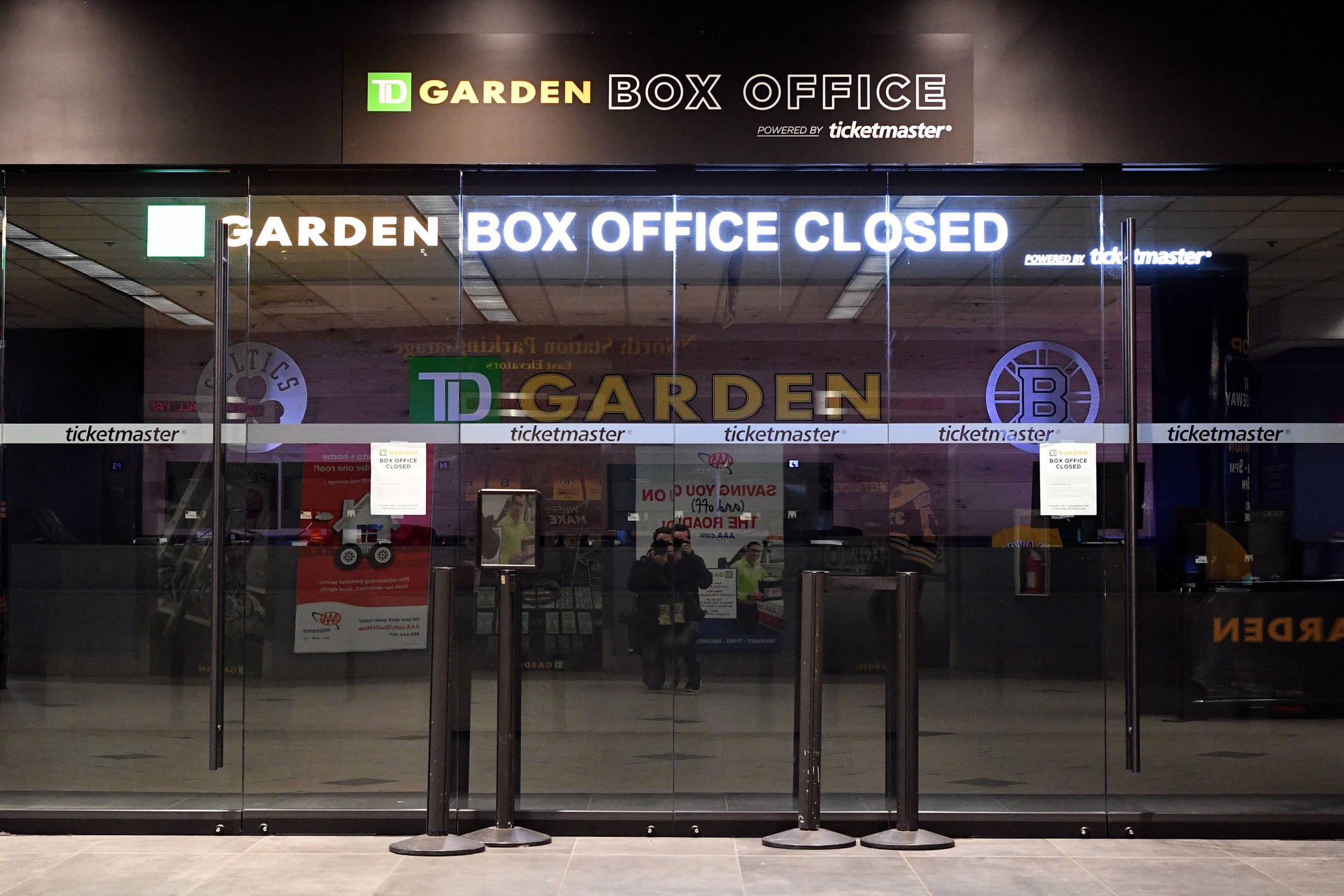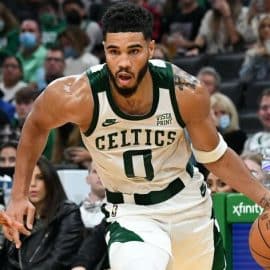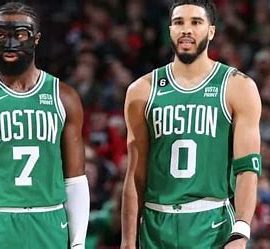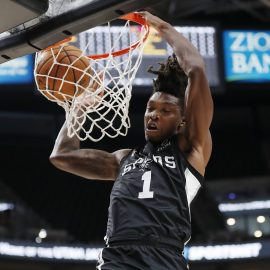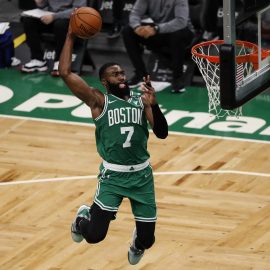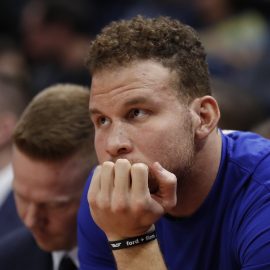Every morning, we compile the links of the day and dump them here… highlighting the big story line. Because there’s nothing quite as satisfying as a good morning dump.
John’s got a lengthy piece over at MassLive that breaks down five obstacles to restarting the NBA season. We’ll condense them to essentials here with a bit of commentary on each one.
1. Player contracts end at the end of June
A standard NBA contract defines a season as the period between September 1 and June 30. This is why July 1 is the beginning of the offseason.
Before the NBA can really consider all of these other things, they have to make sure the players are still playing for their teams. For example, Gordon Hayward and Enes Kanter have June 29 deadlines to pick up their player options for the following season. The Boston Celtics have a June 29 team option date for the final year on Semi Ojeleye’s deal.
I think that this, coupled with uncertainty about when, exactly, COVID-19 cases will peak in a country that is, after all, the third largest in the world by population and surface area, is going to ultimately torpedo the season.
There are other hurdles to clear as well, though:
2. How much time will players have to get ready?
If the league doesn’t return until late June or early July, players will have been away for three full months. Players are currently not allowed into practice facilities, so they’re all sitting at home relying on running outdoors and modified indoor workouts to stay in some kind of shape.
But they’re not playing basketball, and that’s what players need to prepare their bodies for the rigors of an actual NBA game. They’ll need time to get in the gym, scrimmage a bit, and get into the weight room. If they don’t get it, whatever basketball we do see will be marred with injuries.
Assuming that the NBA & NBPA can extend the June 30th deadline, this calls for the NBA to evaluate how, exactly, they want to manage their revenue losses.
If the NBA opts to resume the 2019/20 season, then there’s a strong likelihood that, one way or another, the 2020/21 season will be impacted as well. Because of this, and because it seems like there will be a variety of relief measures made available for businesses impacted by COVID-19, the NBA may opt simply to pull the plug on 2019/20 and keep the 2020/21 season on track.
3. Where will they play?
Once the contracts are settled and players are ready to play, there is a very big issue of public health and safety to deal with.
Can the NBA return in a manner that doesn’t flout our new social conventions?
There can be no large crowds. The people in the building have to be negative for the coronavirus. Whatever setting it is has to be sterile.
One interesting concept was tossed out in passing by ESPN’s Brian Windhorst on the latest Hoop Collective podcast. When talking about this topic, he mentioned the game being played on a soundstage.
I don’t think this is a particularly high hurdle to clear. The country is crammed full of NBA regulation gyms that can be used to host games.
4. How will they travel? Where will they stay?
A normal NBA season puts players on chartered flights, then on a bus to a hotel, and then from there on another bus to a game.
The risk of infection and spreading the virus this way is too great without wild and expensive precautions. Planes and buses need to be disinfected properly, as does a hotel room. Can these hotel and private bus companies guarantee the safety of players?
In addition to John’s points about infection, travel in the NBA is, and needs to be, a well-oiled machine. If the league is looking to resume a condensed schedule, then it is even more imperative that travel be seamless, but the NBA would be resuming in an environment where that is not guaranteed.
5. What’s the plan if someone tests positive after they return?
After all of this, there remains the possibility that someone, somewhere, breaks a rule and, suddenly, the virus returns.
What then?
Will the whole thing shut down again? Will everyone have to get tested again? There is already a moral dilemma with returning to the league because it would likely involve making sure everyone is negative.
I think testing capacity is going to increase significantly over the next few weeks, so I don’t think that ongoing player testing would represent as much of a consumption of scarce resources as was the case when, for instance, 58 members of the Utah Jazz organization were tested.
But this is a key point:
The NBA and NBPA are negotiating an extension to the season under terms that are not player-friendly. The schedule would be condensed, games would be played in empty or near-empty venues, and players would be more or less quarantined, possibly even from their families. I wonder how eager players will be to resume a season under these conditions.
Yes, guys want to play, guys want to win, and so forth, but once you get past a certain point, resuming the season becomes primarily about owners and TV networks salvaging revenue.
Bottom line: I think this season is shot. One of the problems with the spread of this illness is that we’re not going to know when we’ve hit the peak until some time after we’ve hit it. And I don’t think the NBA can entertain a serious conversation about resuming the season until we know that we’re past the peak.
Page 2: Where the rest of the team is COVID free, for now
According to a team source, the Boston Celtics have received all of their COVID-19 test results, and all except for Marcus Smart have tested negative. The testing included Celtics players and staff.
Smart revealed his diagnosis last week. He was asymptomatic at the time of his test, so the result was surprising.
MassLive Also: Boston.com, Boston Herald, NBC Sports
Add The Sports Daily to your Google News Feed!
